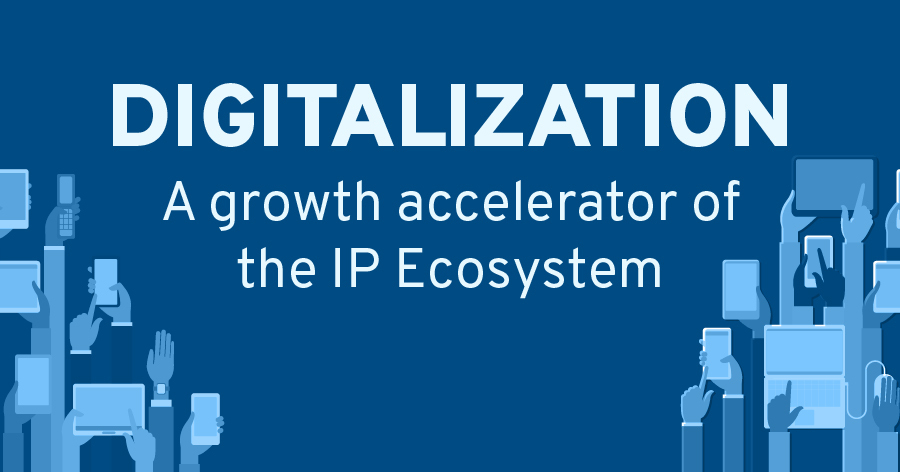
Digitalization has played a crucial role in transforming the Intellectual Property (IP) ecosystem in India. With the launch of the ‘Digital India’ initiative in July 2015, the Government of India (GoI) recognized the importance of leveraging technology to enhance the efficiency and accessibility of the IP offices in the country.
Under the Digital India Programme, the GoI has aimed to establish a secure digital infrastructure that would support the delivery of digital services to citizens. This included initiatives to digitize and streamline the processes including those to Intellectual Property Rights (IPRs), making them more compatible with the global systems. The focus was on creating an environment that fosters innovation ecosystem and protects the rights of creators and inventors.
One of the key areas where digitalization has made a significant impact is in the management of IP records. Traditionally, IP records were maintained in physical form, leading to challenges such as storage limitations, the risk of damage or loss, and difficulties in searching and retrieving information. Also, this turned out to delays and inefficiency in overall execution of the prosecution processes. However, with the introduction of digital systems, the IP offices in India have been able to digitize their records, making them easily accessible, searchable and secure.
Digitalization has not only improved the efficiency of IP offices but has also benefited applicants and rights holders. The digitization of records has reduced the processing time for various IP-related procedures significantly, such as filing applications, conducting searches, and examinations and also online hearings. This has resulted in faster turnaround time and improved overall service delivery.
Furthermore, the availability of digital records has made it easier for stakeholders to access and analyze IPRs such as patent, trademark, design and copyright information. Researchers, inventors, creators and entrepreneurs can now conduct comprehensive searches and studies, leading to better decision-making and enhanced innovation. The accessibility of digital IP records has also facilitated the enforcement of intellectual property rights, enabling rights holders to protect their creations more effectively.
Another significant development in the digitalization of the IP ecosystem is the adoption of e-courts and video hearings. Digital platforms have enabled virtual courtrooms, allowing legal proceedings to take place remotely. This has not only saved time and resources but has also made the justice system more accessible to individuals residing in remote areas. Video hearings have proven to be particularly beneficial in IP disputes, where expert testimonies and technical evidence can be presented electronically, reducing the need for physical presence and expediting the resolution process.
Overall, the digitalization of the IP ecosystem in India has brought numerous benefits. It has improved the efficiency and accessibility of IP offices, streamlined processes, and enhanced service delivery. Digital records have made it easier for stakeholders to access information and conduct research, leading to increased innovation. Additionally, the adoption of e-courts and video hearings has made the justice system more efficient and accessible. The ‘Digital India’ initiative has undoubtedly played a pivotal role in transforming the Intellectual Property landscape in the country, making it more compatible with global standards and fostering innovation and creativity.